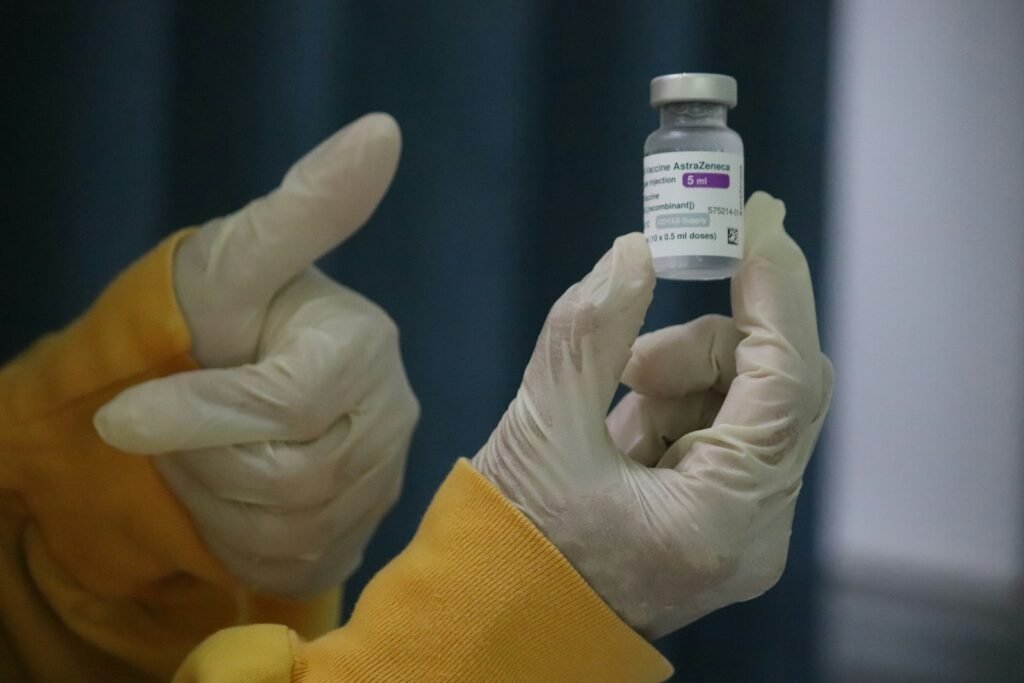Imagine spending your entire life chasing a dream that everyone else calls impossible. You work late into the night, pouring your hope into experiments that fail over and over. Most people would give up, but not the scientists behind mRNA vaccines. Their story isn’t just about science—it’s about grit, heartbreak, and the stubborn belief that failure is just the first step to something revolutionary. The world watched in awe as mRNA vaccines helped turn the tide against COVID-19, but few know just how many years of setbacks, dead ends, and near-abandonment it took to reach that moment. Dive with me into the winding, often painful, always inspiring journey of mRNA vaccine development—a story where ‘failure’ was the secret ingredient all along.
The Spark: Early Hopes and Big Dreams

In the 1960s and 1970s, the idea of using messenger RNA as a medicine sounded like something straight out of science fiction. Researchers knew mRNA was the molecule that carried instructions from DNA to make proteins, but the thought of harnessing it for therapy was met with skepticism. Scientists dreamed of using mRNA to prompt the body to make its own medicine, but at the time, even making synthetic mRNA in the lab was a Herculean task. Early experiments barely got off the ground. But the very possibility of rewriting the body’s instructions was too tempting to ignore, sparking the first flickers of what would become a decades-long quest.
The First Roadblocks: Why mRNA Wasn’t Ready
It didn’t take long for scientists to slam into walls. Injecting mRNA into animals resulted in swift destruction by the immune system. The body treated foreign RNA like an invader, triggering inflammation and making the therapy useless—or even dangerous. On top of that, mRNA was incredibly unstable, degrading quickly before it could do any good. Many researchers quietly shelved their projects, and some journals refused to publish the early work, claiming it would never be practical. The scientific community, it seemed, was ready to move on.
Dogged Persistence: The Researchers Who Wouldn’t Quit
Despite the string of disappointments, a handful of mRNA enthusiasts remained undeterred. Among them was Katalin Karikó, a Hungarian biochemist who spent decades in the U.S. chasing the mRNA dream. She and her collaborator Drew Weissman faced years of rejection—grant proposals denied, promotions lost, credibility questioned. But they kept tinkering, convinced that the problem wasn’t with the idea but with the tools available. Their perseverance became a beacon for others who believed in the untapped potential of mRNA.
Breakthroughs in Chemistry: Tweaking the Messenger
The tide began to turn in the late 1990s and early 2000s when researchers discovered that modifying the building blocks of mRNA could make it less visible to the immune system. By swapping out certain nucleosides, Karikó and Weissman managed to create a version of mRNA that didn’t cause inflammation. Suddenly, the catastrophic immune reactions that plagued early attempts were less of a problem. This chemical tweak was like finding the right key for a stubborn lock—a small change that opened the door to new hope.
Learning from Failure: Each Setback Built a Foundation
Every failed experiment left behind valuable clues. When mRNA degraded too quickly, it forced scientists to explore new ways of stabilizing it. When immune reactions ruined results, it inspired innovations in molecular design. Each disappointment wasn’t wasted; it was an education. Over time, these lessons stacked up, creating a toolbox of solutions and a deeper understanding of how mRNA interacted with the body. The story was becoming less about failure and more about learning how to fail better.
The Delivery Dilemma: How to Get mRNA Inside Cells
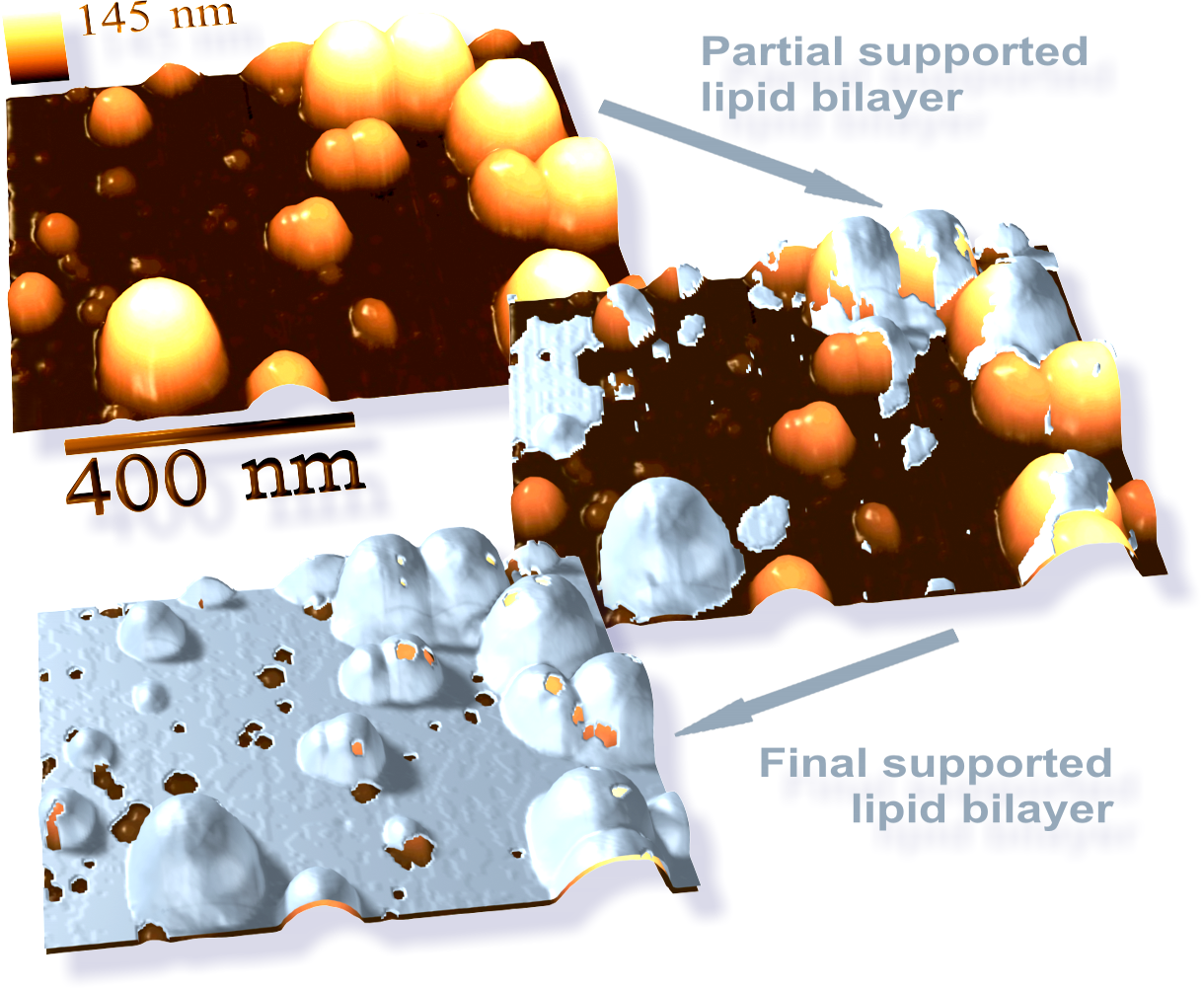
Even with improved mRNA, getting it into the right cells was a massive challenge. Naked mRNA is fragile and gets destroyed easily in the bloodstream. Scientists experimented with various delivery vehicles, from fat bubbles called lipid nanoparticles to viral vectors, but the results were often underwhelming. Years of trial and error eventually led to the development of lipid nanoparticle technology—a sort of protective coat that safely shepherds mRNA into cells. This advance finally made it possible to imagine real-world applications.
Animal Trials: Testing the Waters
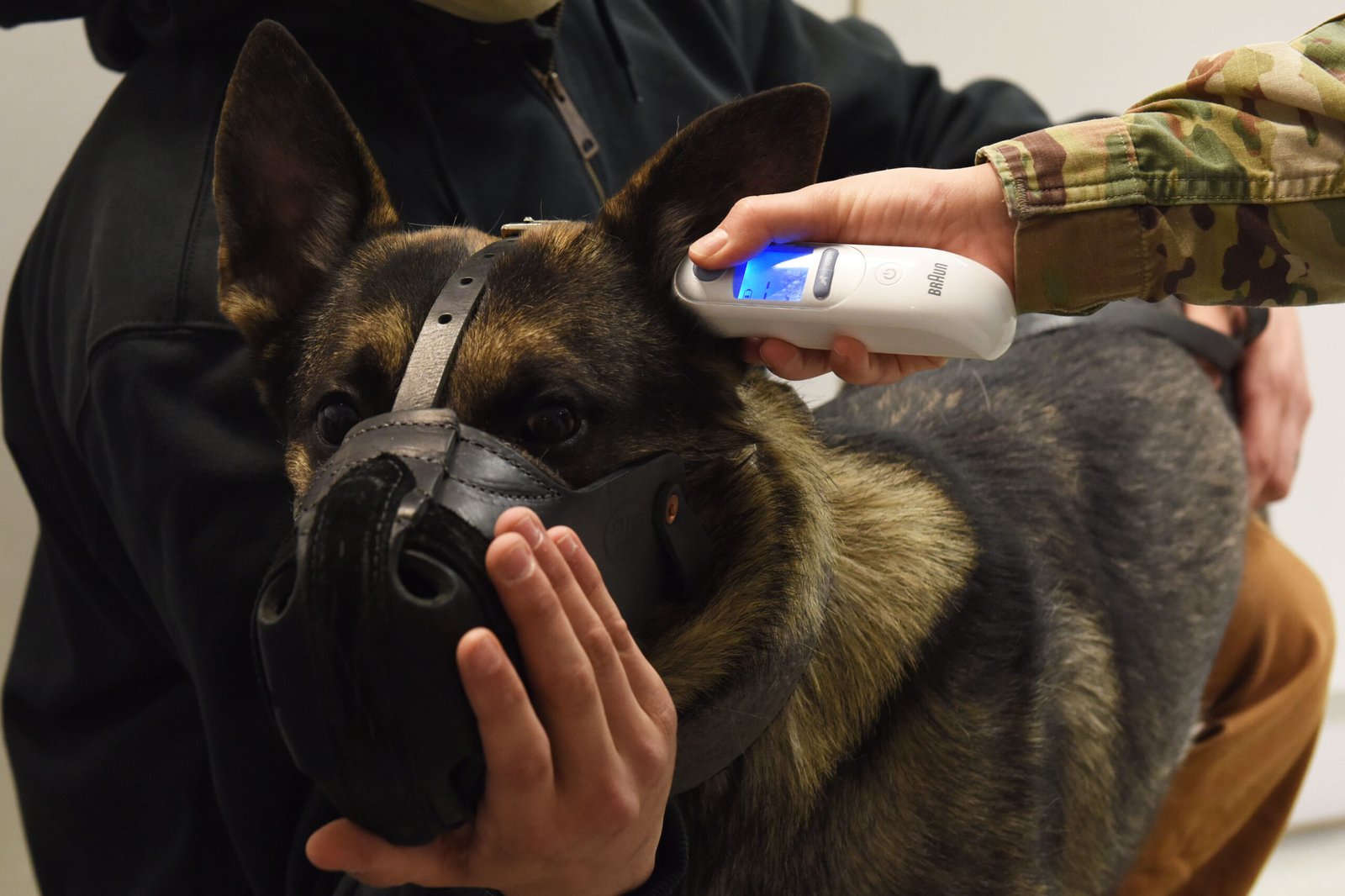
With better chemistry and delivery systems, mRNA vaccines started showing promise in animal studies. Researchers vaccinated mice and monkeys against diseases like influenza and Zika, watching with excitement as the animals produced strong immune responses. Each successful animal trial was a small but critical victory, boosting morale and proving that the decades of groundwork might finally pay off. Still, moving from animals to humans was a leap into the unknown.
Human Trials: From Lab Bench to Living Bodies

The first human trials for mRNA therapies were cautious and small. Early studies focused on diseases like cancer, where traditional treatments had failed. Progress was slow, marked by careful monitoring and plenty of setbacks. Some trials fizzled out, but others hinted at the technology’s potential. By the mid-2010s, a few biotech companies, like Moderna and BioNTech, were quietly investing in mRNA research, betting that the years of toil would one day pay off.
The Role of Cancer Vaccines: A Crucial Testing Ground
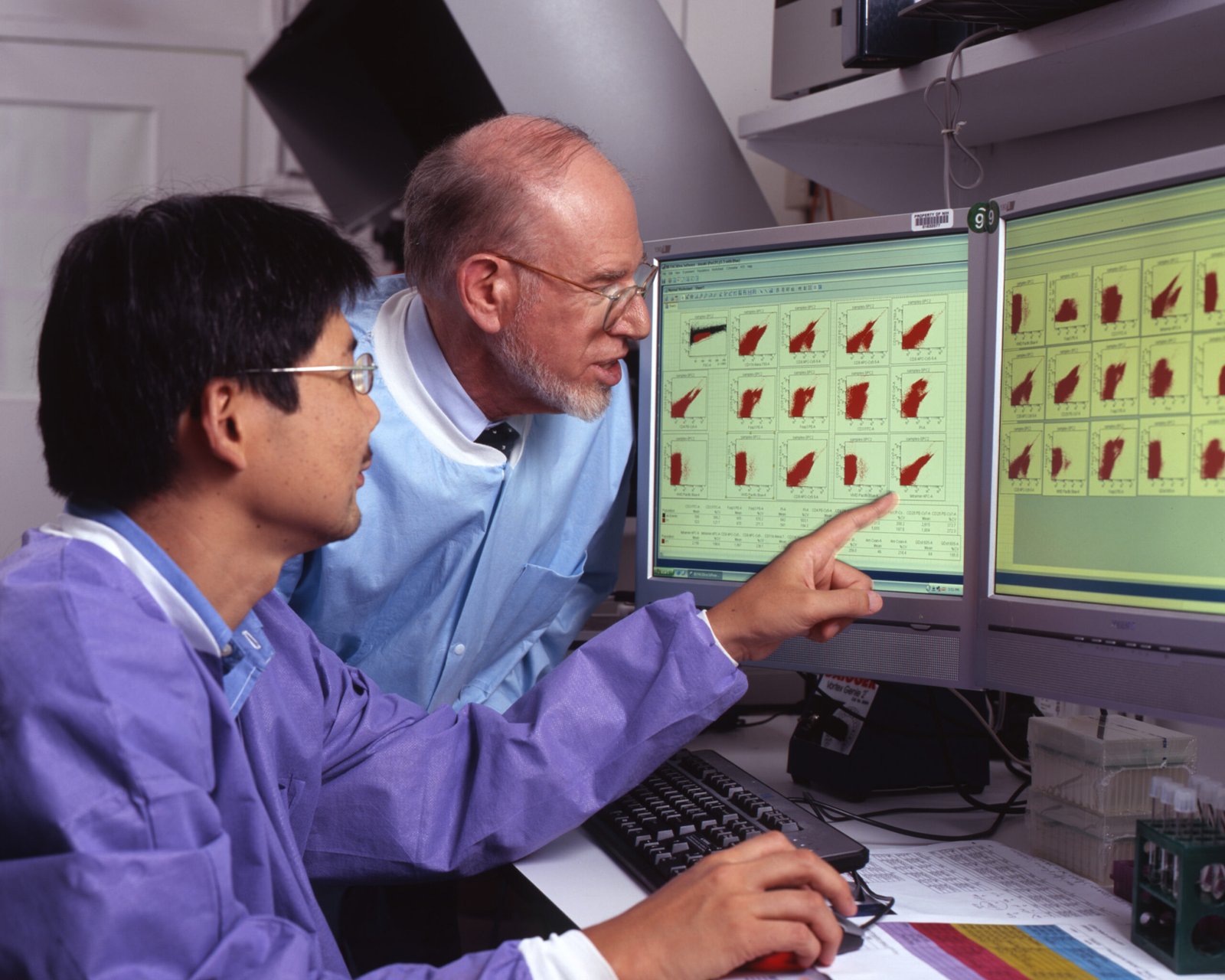
Cancer, with its many forms and desperate need for new treatments, became a proving ground for mRNA. Researchers designed personalized cancer vaccines, hoping to teach the immune system to recognize and attack tumors. The results were mixed—some patients saw improvement, others didn’t. But these early cancer trials allowed scientists to refine their methods, test new delivery techniques, and gather crucial safety data. It was a high-stakes laboratory for innovation.
The Arrival of a Deadly Pandemic: COVID-19 Changes Everything
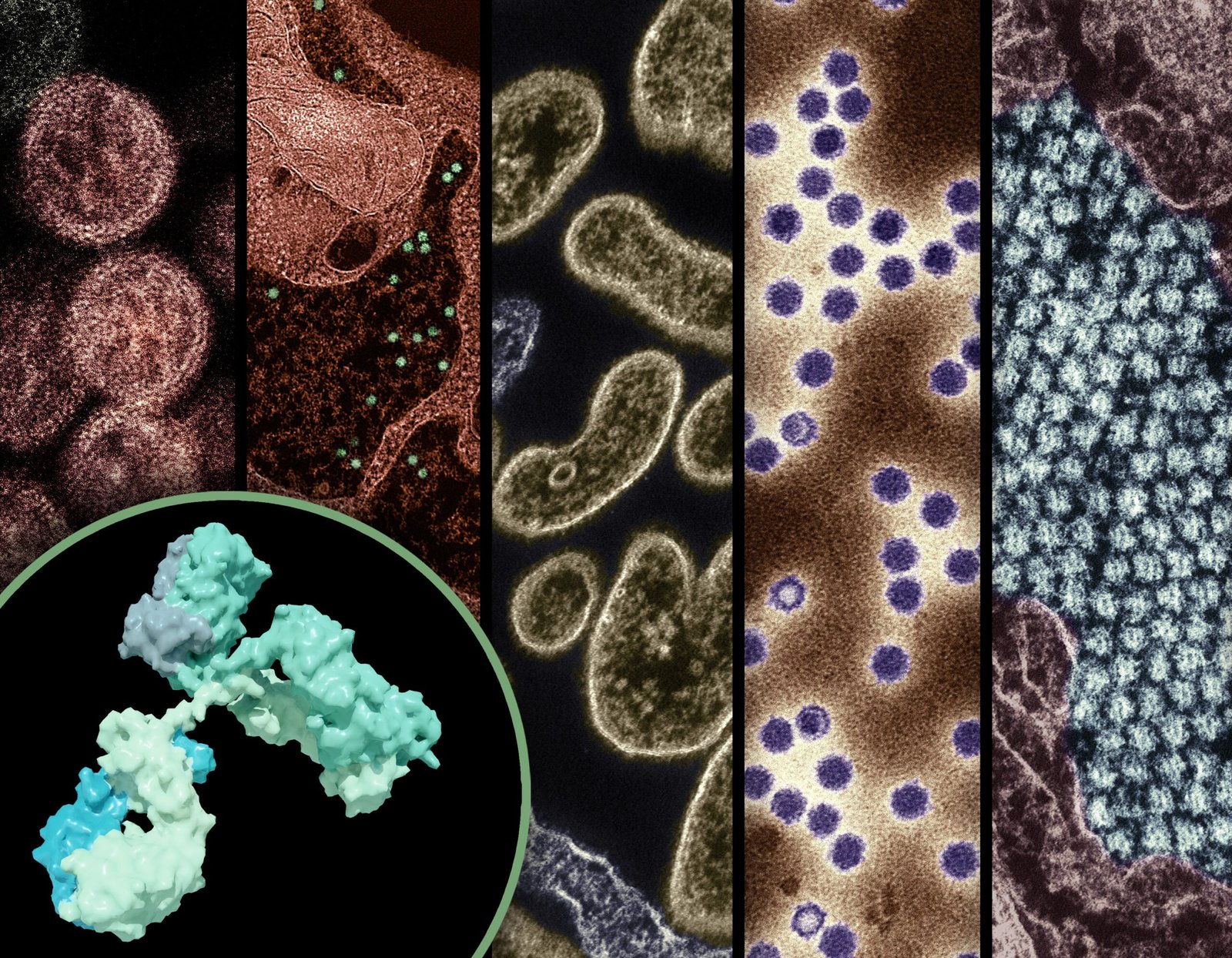
Then came 2020, and with it, a global crisis no one could have predicted. As COVID-19 swept the world, the years of “failed” mRNA research suddenly became a lifeline. Scientists who had spent decades in obscurity found themselves at the center of the world’s attention. The urgency of the pandemic meant that lessons learned from every previous failure could be put into action at lightning speed. Pharmaceutical companies raced to adapt mRNA vaccine platforms for the new virus, and the world watched with bated breath.
Rapid Vaccine Development: Science Moves at Breakneck Speed
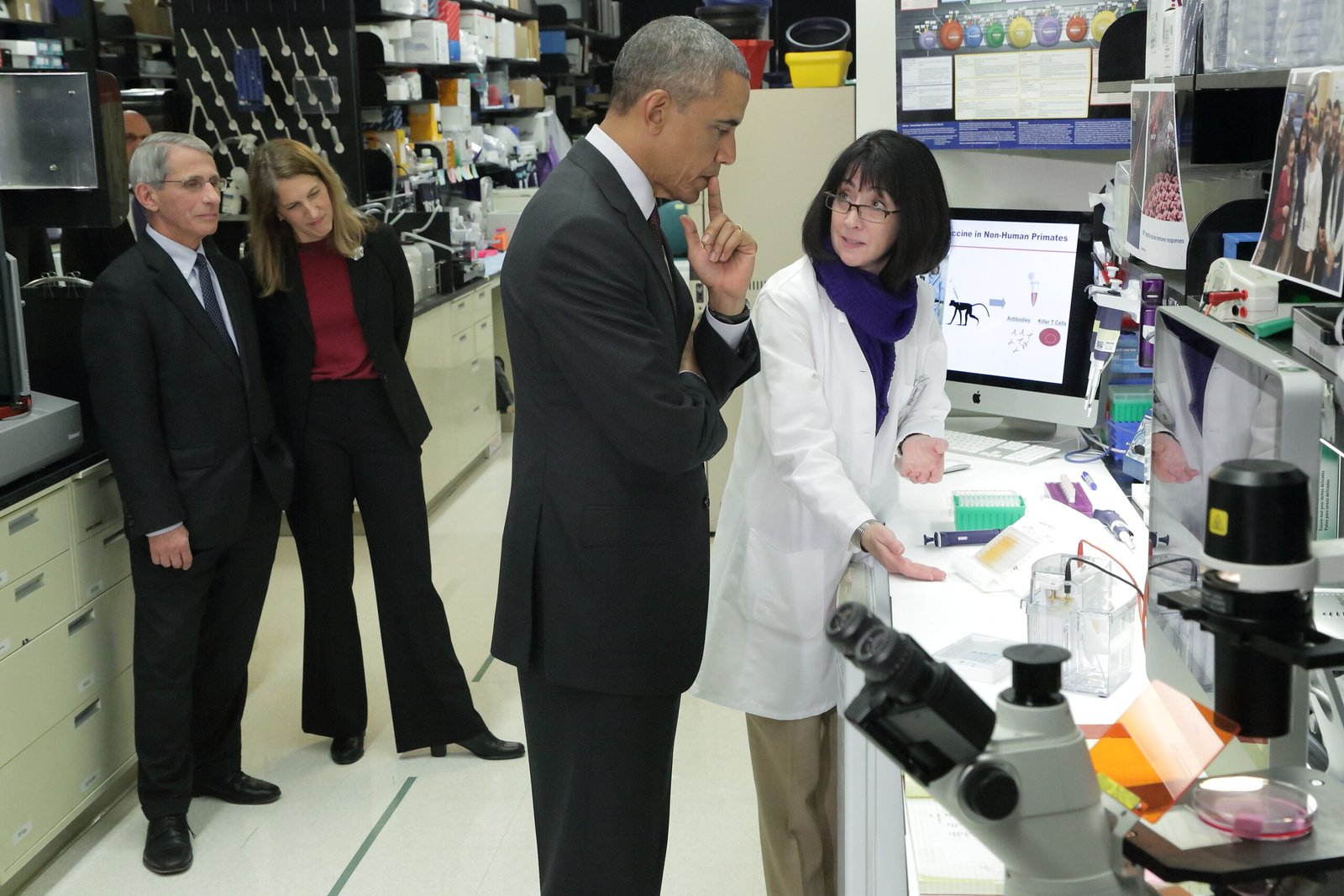
What seemed impossible just a decade earlier happened in record time. Within months, mRNA vaccines were designed, manufactured, and tested in large-scale human trials. The technology’s flexibility allowed scientists to swap in genetic instructions for the coronavirus’s spike protein with astonishing speed. By the end of 2020, vaccines from Pfizer-BioNTech and Moderna were showing efficacy rates above 90%—an achievement that would have been unthinkable without the decades of groundwork, heartbreak, and relentless pursuit.
Safety and Efficacy: Winning Public Trust
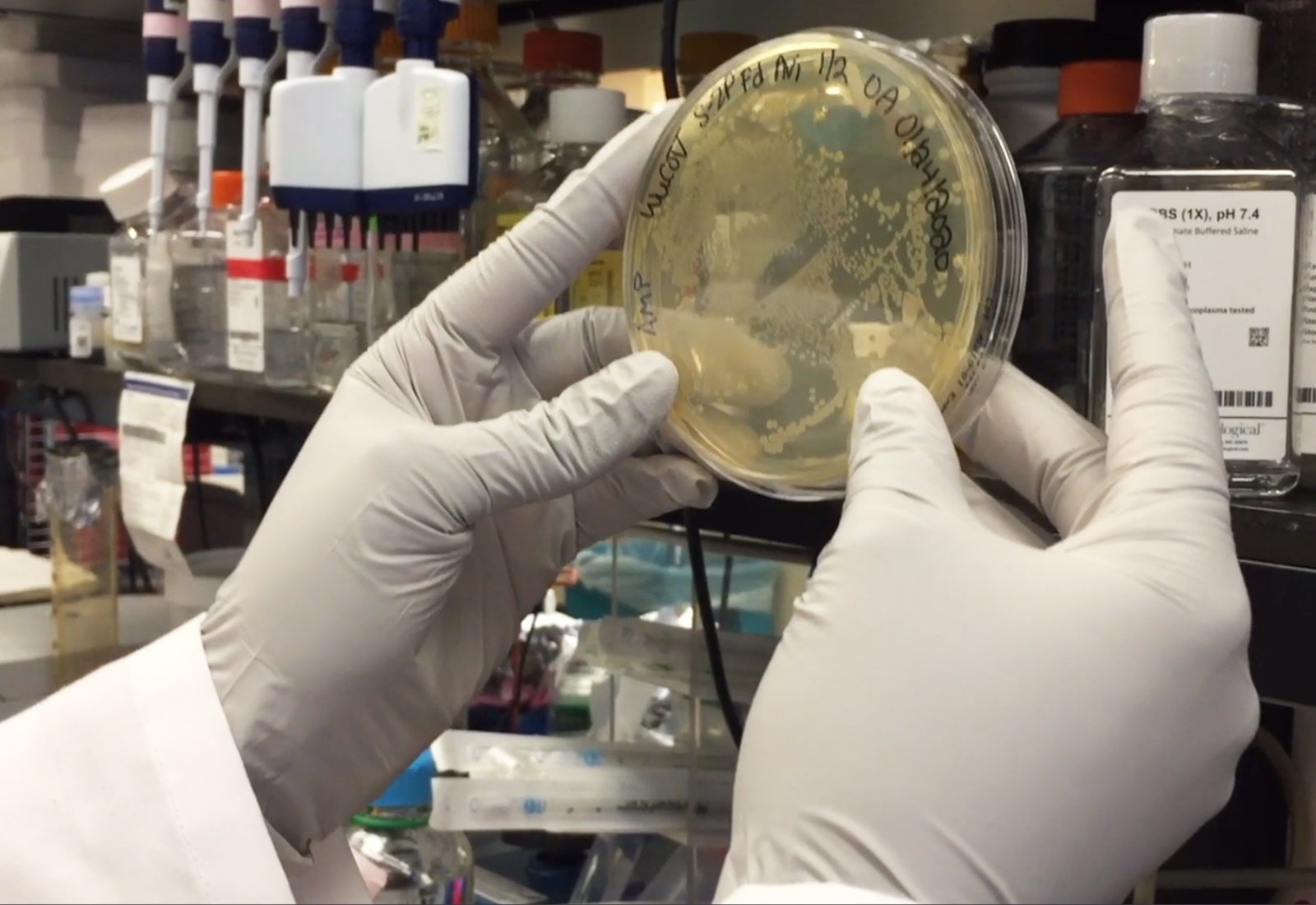
Despite the remarkable speed, the rollout of mRNA vaccines wasn’t without skepticism. How could something so new be safe? Scientists and regulators poured over the data, which showed not only strong protection but also manageable side effects. The mRNA vaccines proved to be remarkably safe, with side effects that were typically mild and short-lived. Transparency, clear communication, and real-world results helped win over a public hungry for hope after so much loss.
Scaling Up: From Test Tubes to Billions of Doses
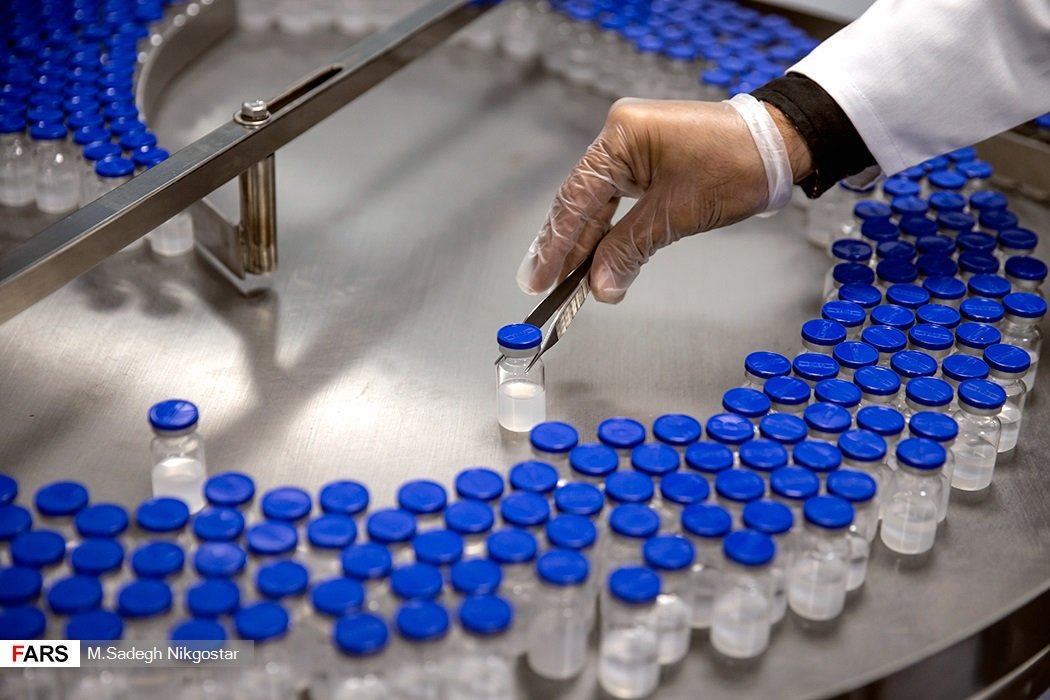
Producing mRNA vaccines on a global scale required a Herculean effort. Labs that once made milligrams of mRNA now had to make kilograms—enough to fill billions of syringes. Factories were retooled, supply chains reimagined, and new partnerships struck. Scientists faced logistical nightmares: keeping vaccines cold, ensuring quality, and getting shots into arms across continents. The world had never seen a scientific mobilization quite like this.
Beyond COVID-19: A New Era of mRNA Medicine
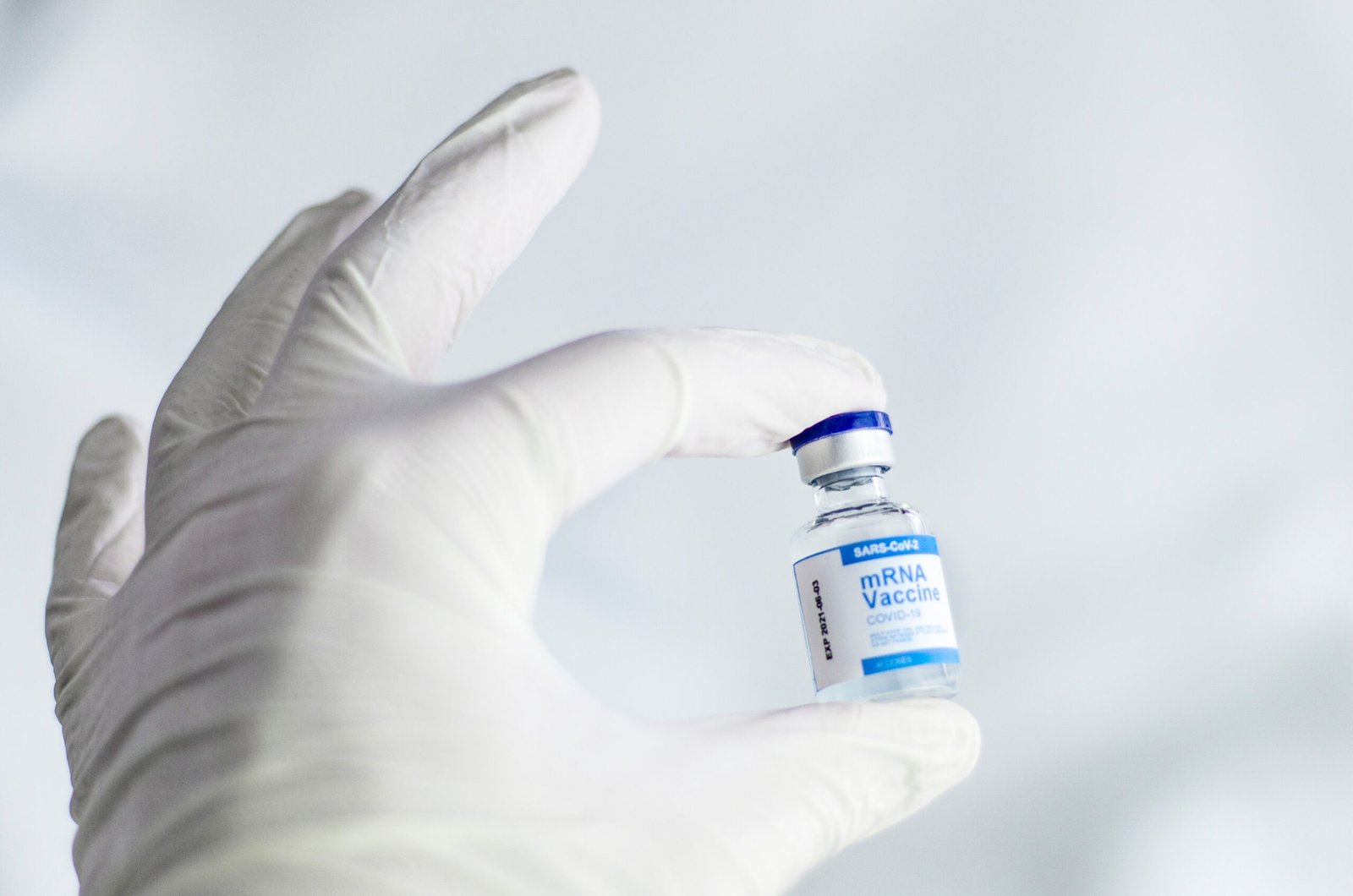
The success of mRNA vaccines against COVID-19 opened the floodgates for new research. Scientists are now exploring mRNA vaccines for everything from influenza and RSV to HIV and even malaria. The technology’s flexibility—its ability to be quickly reprogrammed for new threats—has sparked a gold rush of innovation. Companies are racing to create the next blockbuster mRNA therapy, inspired by the triumphs and lessons of the past.
Addressing Misinformation: Science Under the Spotlight

With fame came scrutiny. Misinformation about mRNA vaccines spread as quickly as the virus itself, fueled by fear, politics, and misunderstanding. Scientists found themselves not just in the lab but on social media and TV, explaining how the technology works and debunking myths. It was a crash course in science communication, forcing researchers to become storytellers and advocates for public trust.
The Unsung Heroes: Technicians, Nurses, and Factory Workers

The spotlight often fell on a few famous scientists, but the reality is that thousands of unsung heroes made mRNA vaccines possible. Lab technicians, nurses, factory workers, and logistics experts all played crucial roles. Their dedication—often behind the scenes—helped turn years of research into real-world impact. Each jab in an arm was the result of a vast, interconnected web of effort and expertise.
Looking Back: The Value of ‘Failure’ in Science
In hindsight, the so-called failures of mRNA research were anything but wasted time. Every dead end was a lesson, every setback a step forward. The story of mRNA vaccines is a powerful reminder that science isn’t a straight line from idea to success. Sometimes, the most important ingredient is the willingness to keep going when everyone else has given up. In the words of Katalin Karikó, “If you try, you might fail. But if you don’t try, you’ll never succeed.”
Personal Stories: Scientists Who Changed the World
The journey of mRNA vaccines is filled with deeply personal stories. Scientists like Karikó risked careers, faced ridicule, and sacrificed time with their families. Their relentless pursuit was often fueled by personal loss or a desire to help loved ones. These human stories—of hope, heartbreak, and persistence—turn a tale of molecules and machines into something deeply moving and universally relatable.
Lessons for the Future: Embracing Uncertainty

Perhaps the greatest lesson from the mRNA vaccine story is the value of embracing uncertainty. Science often moves in fits and starts, with more questions than answers. The willingness to explore, to fail, and to try again is what drives progress. As new challenges emerge—be it pandemics, cancer, or climate change—the world will need the same spirit of curiosity, humility, and grit that powered the mRNA revolution.
The Next Chapter: What’s on the Horizon?
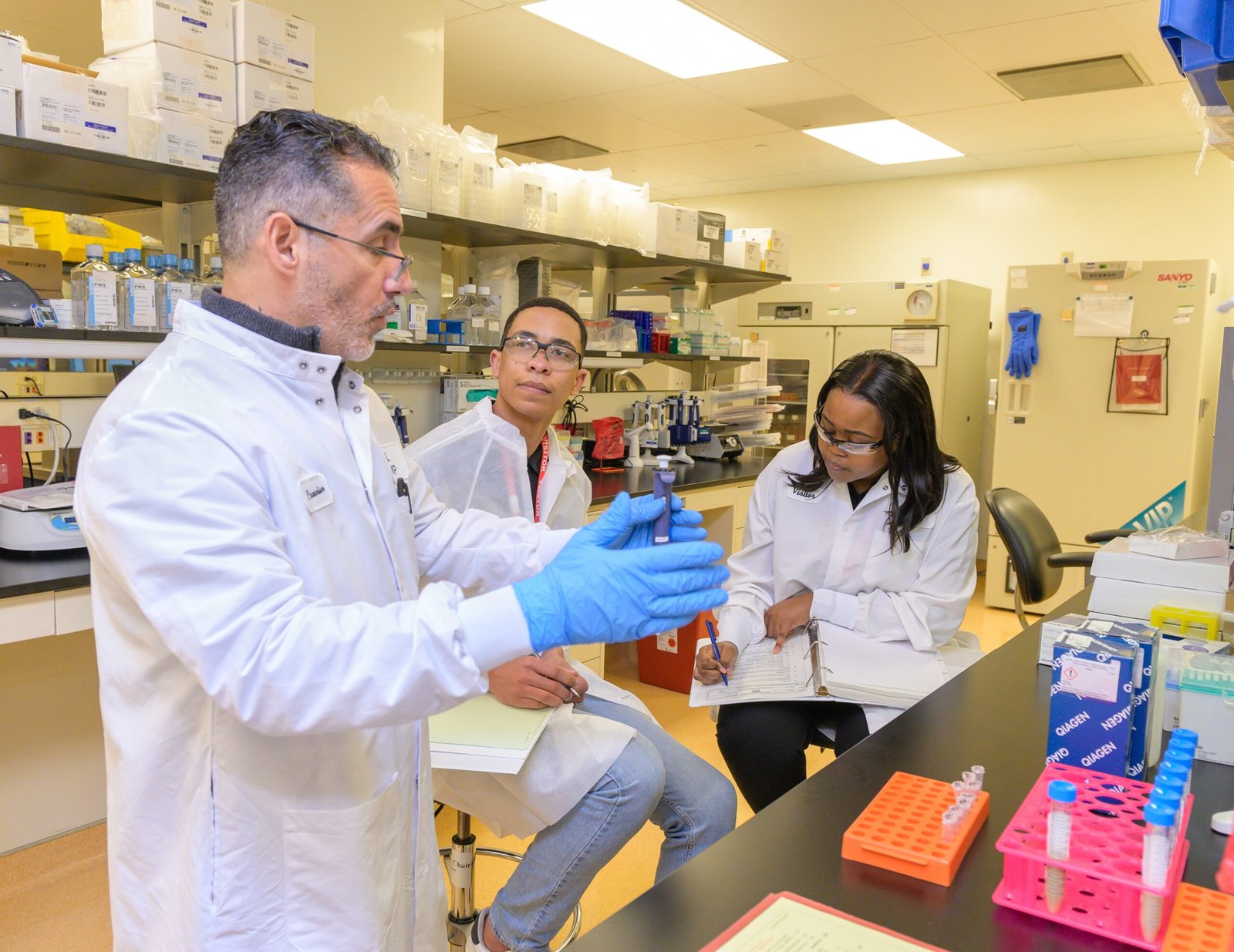
The future of mRNA technology is bursting with possibility. Researchers are working on vaccines that could target multiple diseases at once, therapies for genetic disorders, and even personalized treatments designed for an individual’s unique biology. The lessons learned from decades of “failure” are now the fuel for a new generation of discovery. The journey may be far from over, but the world now knows just how much is possible when we refuse to give up on a good idea.
A Legacy Built on Perseverance
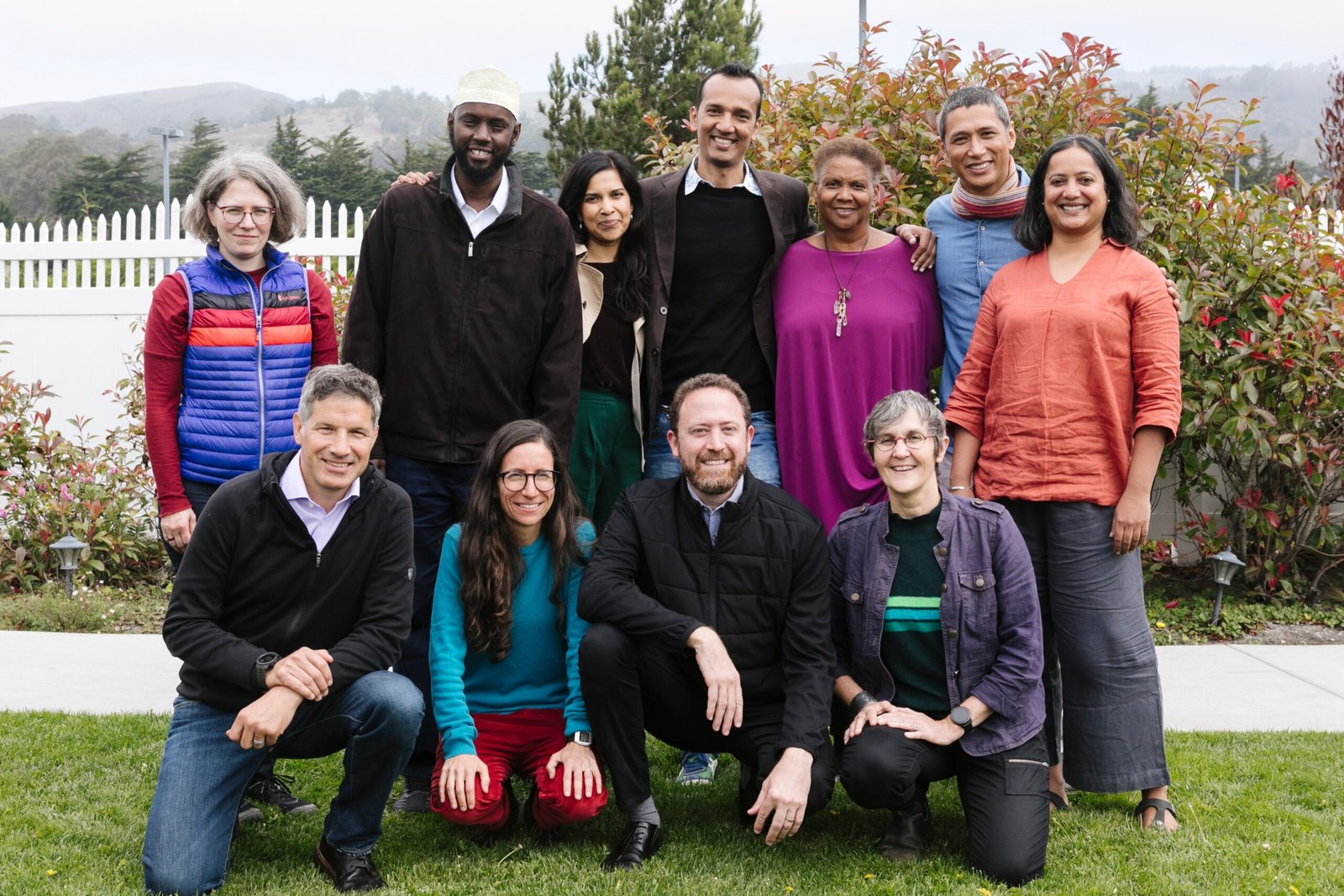
The story of mRNA vaccines is not just about a scientific breakthrough—it’s about the stubborn hope that, even when the world says no, you keep pushing forward. Decades of failed experiments, rejected grants, and dashed hopes laid the foundation for one of the most important medical advances of our era. It’s proof that sometimes, the road to success is paved with setbacks, and the only real failure is giving up.

